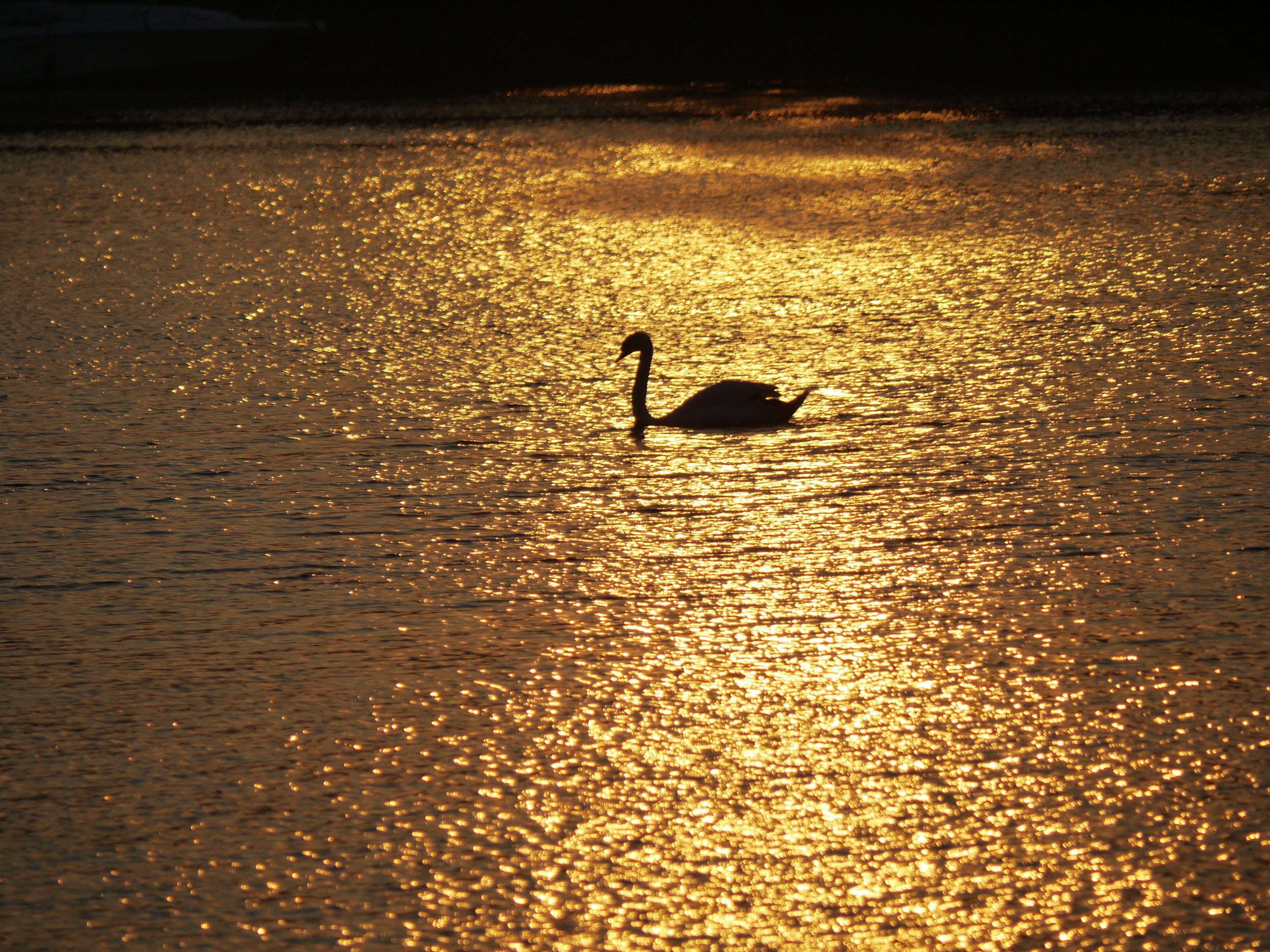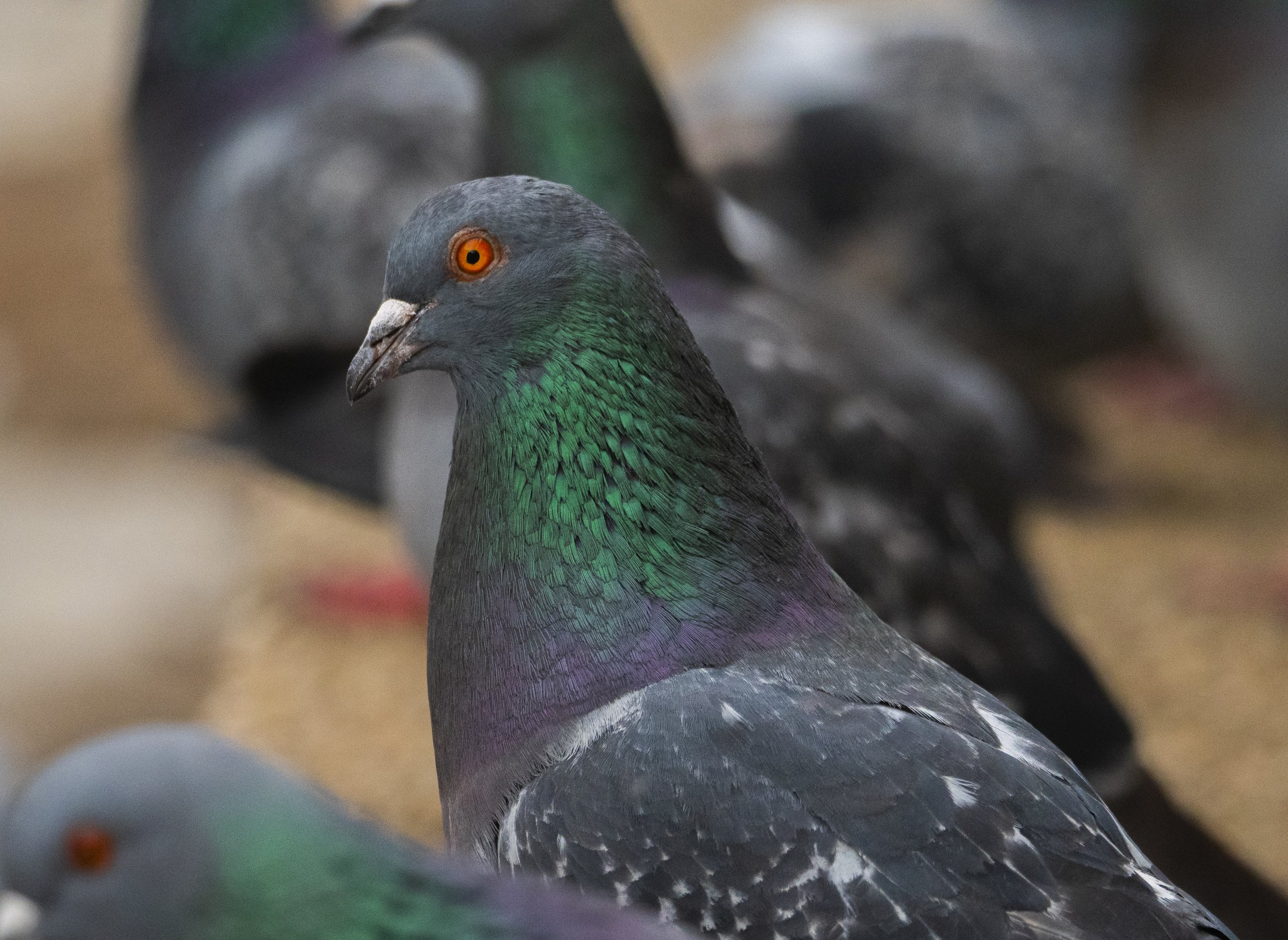Feathered Friends
Photographing the beauty of the birdlife around us is a wonderful obsession.
While it’s true that we see birds everywhere, it’s a genuine challenge to achieve interesting photographs. Even when they’re supposedly at rest, they’re constantly shifting position, looking around for prey, keeping an eye out for predators.
Just when you’ve got them perfectly in frame, ready to press the button, suddenly they’ve disappeared from the viewfinder, with no word of apology.
And when they’re in flight, well, it’s demanding to manage a long lens on the camera, trying to follow their movements, hoping for an image that’s in focus and centered. So often, I’ve ended up with a pretty picture of the sky, empty of birds.
Occasionally though, they cooperate, like this one.
Most summers, a couple of robins construct a nest over the front window of our home, where it’s protected by the porch roof. Once that work is done, after the female lays the eggs, they they settle down, taking turns standing guard while the young ones hatch.
Then one will gather food while the other guards the chicks, until they are ready to leave the nest.
Much of the time, the adults present a sleek, indomitable appearance that reminds me of the guards at Buckingham Palace.
But there was one day last spring when it all seemed to fall apart for the robins. We were hit by a particularly wild and heavy downpour.
When the rain finally eased off, this parent, perched in the front yard maple, was still bravely standing guard, determined to fight off marauders. But it wouldn’t be unkind to say that this wet sentry looks entirely forlorn, drenched, and bedraggled.
Of the two images, honestly, I prefer this one, despite how wonderfully crisp and commanding the bird appeared on a bright dry day. The bird seems miserable, yet indomitable.
If there’s a prize for the most fierce species of parent, though, it may go to the red-winged blackbird. Venture near its nest, and this aggressive bird will try to divebomb you into submission. Wear a hat in blackbird country, I recommend, for it’s likely to attack your skull!
Even though this blackbird was enjoying a few minutes off guard duty, it still seemed to feel the need to display its scarlet chevrons in order to intimidate anyone passing by.
As spring turns to summer, Esther and I return to the Gananoque marina, there to renew acquaintances with a great blue heron who spends most of its days on the docks. Tall, calm, and alert, it often remains in one spot for long periods of time, probably contemplating existential questions no human being can adequately answer.
I’m fascinated by its colors, blue and mauve, yellow, sand and orange, black and white, and those fierce yellow eyes.
The heron’s patience with people nearby, and the intrusive camera, is quite amazing. And then without warning, it will suddenly unfurl its enormous wings in a single fluid motion and rise into the air.
It’s not so difficult to take photographs from the stability of a dock, but once we cast off our lines and head for the islands, it becomes infinitely more challenging. Even at anchor, the boat swings, the waves dip and rise, everything is unstable. And the birds are often skittish, rarely staying still for long.
I can only imagine how the nature photographers of an earlier age, using expensive film with only 36 exposures per roll, achieved the amazing shots they took. I suppose we’re spoiled today, for I’ll sometimes shoot a hundred exposures of a bird in the space of a few minutes.
Back in the editing room (i.e. the boat’s cabin) I’ll choose among all those photographs to find that magic image where the boat hasn’t swung too far, or rocked too steeply, and the bird is still in the frame, in focus, and hasn’t turned its back.
As we sat at anchor one day, I watched a family of swans immigrating to a tiny rock island on the southern edge of Canada’s Endymion Island, crossing the channel from the nearby American shore. I grabbed the camera.
Once settled, the mother tended to the young ones, while the father, more aloof and distant, kept a vigilant watch out for any danger to his family.
Of the many photographs I took from a safe distance, this is my favorite. I’ve showed it to you before.
Was the cygnet showing off? Or maybe just drying off? Or was it a boast to its siblings, “Look at me. I can fly!”
Another day, another mood. A solitary swan swims serene at sunset, in Blockhouse Bay of the Toronto Islands.
As a boater, the birds I encounter most are seagulls. Singly and in groups, they’re constantly busy, scouting and fishing, arguing with each other, floating in water, circling in air.
Less often, I see them at rest.
But here, in the Thousand Islands, I photograph a gull that is still for a moment, its sunlit form a striking contrast with the dark water beyond.
Over the Cobourg beach, as the moon rises, a more common sighting. Scores of gulls are active, crowding the sky, the last rays of sunlight glinting off their wings.
When the sun has fully set, a solitary seagull scans the water for the last meal of the day, swooping low, as one wing briefly brushes the surface of the St. Lawrence River.
Indulge me as I digress to aviation for a moment. To my mind, one of the less stressful aspects of flying an aircraft is the takeoff. Simply gather enough forward speed, and the design of the wings will automatically take care of all the heavy lifting.
You’re wondering what my point is. It’s this. For water birds, taking off is so much more complicated. Their bodies are immersed in the water, which keeps them from building up forward speed.
Instead, using all their strength, they must beat their wings vertically to lift their bodies out of the water, and at the same time begin to move ahead through the air.
I never cease to admire their ability to rise out of the water and fly forward. Every takeoff I watch leaves me in a state of awe.
Travelling west on Lake Ontario one day, I spotted several flocks of cormorants, numbering in the hundreds, floating on the waves. I’m guessing they settled there to feed on minnows near the surface, though I couldn’t actually see the objects of their interest.
Every few moments, a dozen or so cormorants would rise into the air, beating the water with their wings, leaving splashes behind them as they explored for new prey.
Back on land, one of our least favorite birds is the Canada Goose. After all, they congregate in large groups, hiss at anyone who gets too close, threaten children and dogs with their strong wings and sharp beaks, and poop massively everywhere – the grass, the docks, the pathways.
At the same time, they are a magnificent bird, with a particularly dramatic pattern on their head and neck, and those powerful wings. During migrations, we often hear their honking before we finally see them, dominating the sky in their V-shaped flight pattern.
And occasionally we’ll see them simply relaxed and calm, enjoying safety and fine weather. Like other water birds, they’ll sometimes face into the breeze and open their wings to dry the underside.
One of the most popular photographs in my portfolio is the Sandpiper Ballet. (I’ve shown you this before.)
I captured this image at Captiva Island, off the west coast of Florida. In an attempt to integrate a sandpiper and a wave in a single image, I had to crouch low on the wet sand.
From this angle, the sandpiper’s reflection was no longer an empty dark patch. It was filled by refracted light, the warm orange of the sun meeting the cool blue of the waves.
People love this magical image, perhaps because it’s more like a painting than a photograph.
Back in the city, the dominant species is the pigeon, often disparaged by cynics as the “flying rat”. There’s no doubt these birds have overrun the city, taking over the streets and sidewalks, pecking at garbage, unwilling to move aside to let us pass.
But pigeons also have a special quality, one we rarely notice as we hurry past.
So I set out to photograph a congregation of pigeons recently feeling, frankly, a little embarrassed. I imagined people thinking, “Why is that guy on his knees, paying so much attention to those pesky nuisances?”
I suppose I was too busy working on this shot to reply to the interrogators in my mind. But had I had answered, I’d have reminded them that our reviled pigeons are spectacularly beautiful.
Look at those iridescent colors, the shifting shades of green and purple, the contrast with their bright orange eyes. They’re a work of art.
Like every one of our flying neighbors.
Return to Blog Main Page
If you enjoyed this, please share the link with anyone who might appreciate a fresh vision of our world: TimothyBentley.Photography
You can also visit my pages at 500PX.















